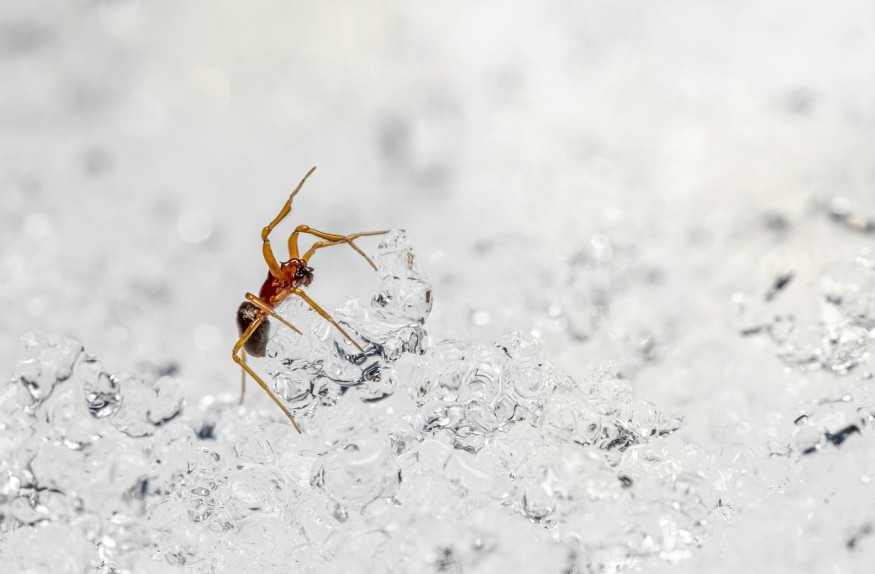
A team of scientists from Peking University were able to discover a different spider species that mimics ant behavior in order to protect itself from becoming a meal.
Spider Survival Secret: Ant Mimicry
According to Newsweek, the Siler collingwoodi species specifically accomplishes this feat. The spider elevates its front legs to mimic the antennae of ants. It also jerks its abdomen and carries its legs with every step in order to mimic a typical ant walk. These findings were published in the iScience journal.
The New York Times adds that the Siler collingwood species jumps around and has a vibrant multicolored metallic coat.
Its ant mimicry is not executed simply to gain attention. In fact, the opposite is true. In the world of insects, ants are known to be remarkably territorial. On top of that, they are acknowledged for their deadly jaws, venom use, and defensive strategies.
Hua Zeng, the study's first author and an ecologist from Peking University, notes that the predators used in the study always cautiously prey on others. This is because random attacks against animals that are like ants may lead to grave injuries.
Considering all these factors, scientists have found out that there are hundreds of different spiders that mimic ants in order to protect themselves against predators.
The Siler collingwoodi, however, has something unique to offer as it copies specific features of several ant species. They have an ant-looking appearance that does not perfectly imitate the appearance of ants. Their impersonation is known as an imperfect mimicry. Though it may not be perfect, it is sufficient to deceive dangerous predators.
On top of its ant-like movement, the spider also has a unique coloration that enables it to seamlessly blend with its surrounding florals. It does so, rather than copying the exact coloration of ants. The mix of their camouflage and ant movement could boost these spiders' survival odds.
Defense Loopholes
While these defensive strategies have been seen to be effective to some extent, not all predators end up deceived. According to the study, the spiders that mimicked ants were stationed beside non-mimicking spiders in the presence of varied predators. Generally, the mimicking spiders had a lower likelihood of getting preyed upon. However, these defenses were seen to be more effective against certain predators than others.
Praying mantises, specifically, had undifferentiated attacks towards both the mimicking and non-mimicking spider preys. Zeng notes that this is likely because of the spider's size and also due to the colorblindness of praying mantises.
Zeng explains that their study is the first to quantitatively demonstrate the species' ant mimicry. More specifically, the study offers clear evidence of the spider using various defensive strategies to protect itself against predators and boost its chances of survival.
RELATED ARTICLE : Invasive Spider Caught in the Act of Feeding on a Shrew; New Study Shows It Habitually Preys Upon Vertebrates
Check out more news and information on Spiders in Science Times.
© 2025 ScienceTimes.com All rights reserved. Do not reproduce without permission. The window to the world of Science Times.










